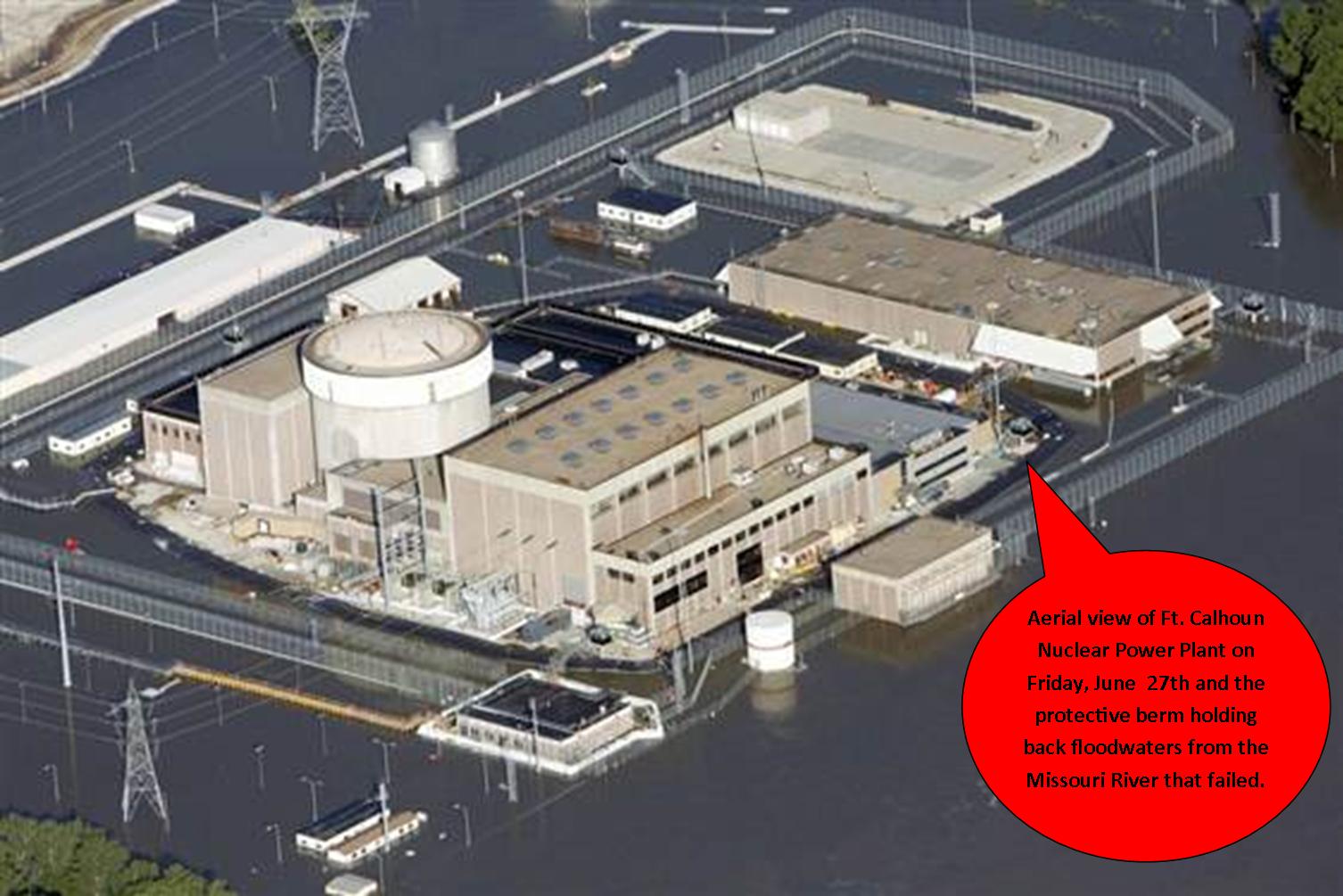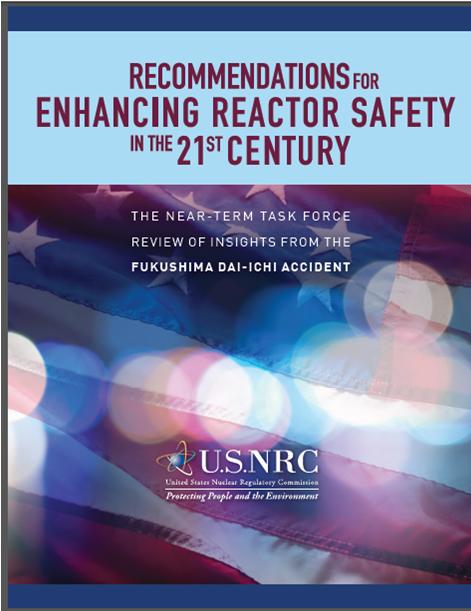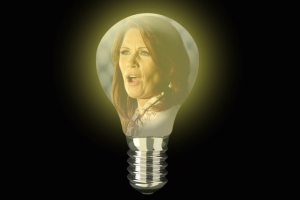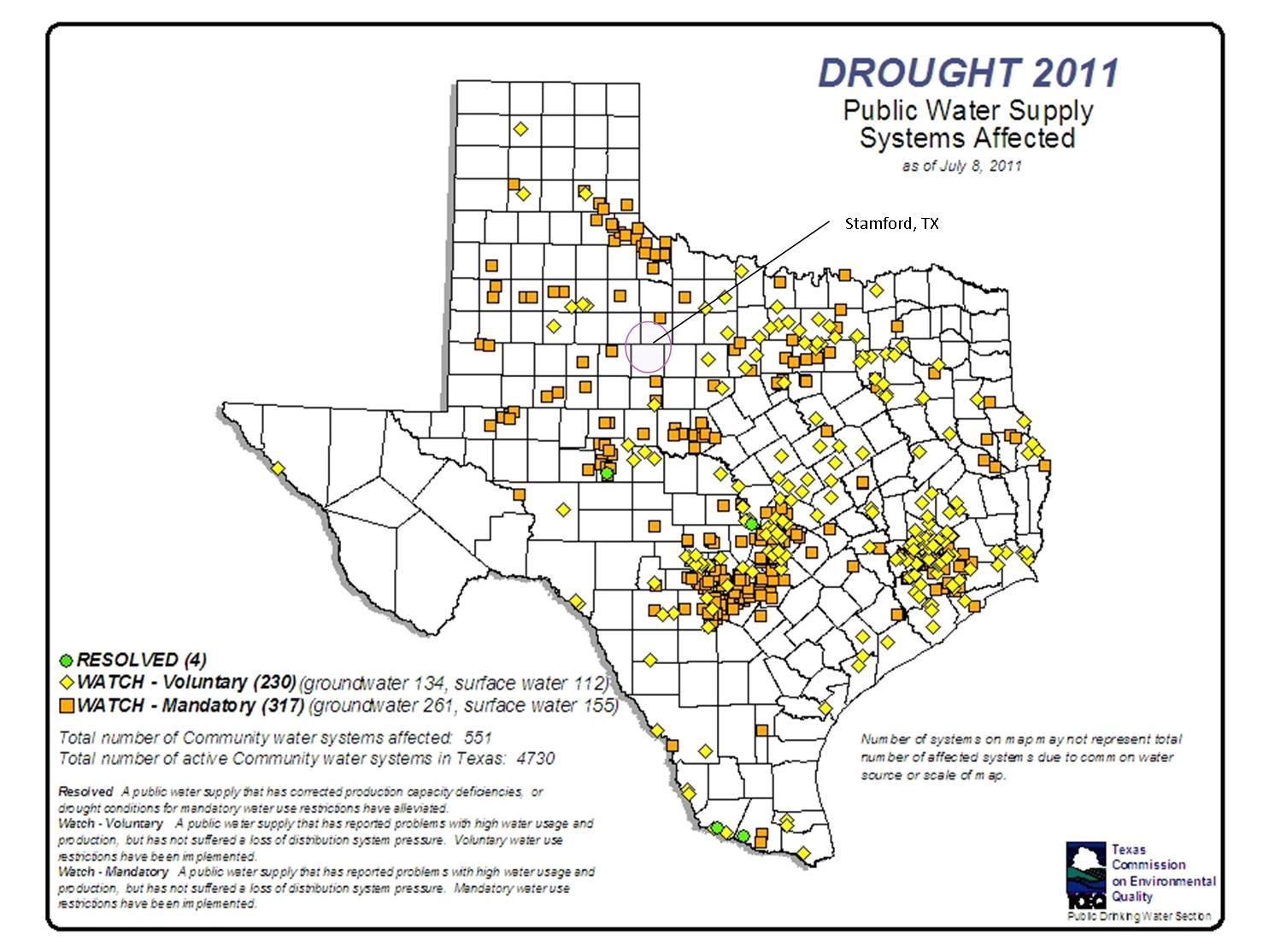Tell them that the testimony being given is based upon false premises and they should not vote for HR 2273 when the Committee hearing resumes at 3 pm EST.
According to the National Academy of Science (NAS) Coal Combustion Residues or waste (CCR’s) contain numerous hazardous metals and substances with hazardous characteristics including arsenic, lead, selenium, mercury, chlorides and sulfates. (The National Research Council (NRC), Managing Coal Combustion Residues in Mines, March 2006, pp. 27-57)
A recent report cites hexavalent chromium as another toxic by-product of CCR’s
These pollutants can cause cancer, birth defects, reproductive problems, damage to the nervous system and kidneys, and learning disabilities in children. Similar to lye, CCR’s can be caustic enough to burn the skin on contact. CCR’s can decimate fish, bird and amphibian populations by causing developmental problems such as tadpoles born without teeth, or fish with severe spinal deformities. CCR’s have been associated with the deaths of livestock and wildlife.
According to the U.S. Environmental Protection Agency (EPA), a waste is “hazardous” if it leaches toxic chemicals, like arsenic or selenium, above a certain threshold when tested using the Toxicity Characteristic Leaching Procedure (TCLP).
Using the TCLP, coal ash rarely exceeds this threshold. The EPA’s Science Advisory Board and the National Academy of Sciences have determined that the TCLP does not accurately predict the toxicity of coal ash.
National Research Council, Managing Coal Combustion Residues in Mines, 2006, pages 150-152. Also see U.S. EPA Science Advisory Board, Waste Leachability: The Need for Review of Current Agency Procedures, EPA-SAB-EEC-COM-99-002, Washington, DC, 1999, and Leachability Phenomena: Recommendations and Rationale for Analysis of Contaminant Release by the Environmental Engineering Committee, EPA-SAB-EEC-92-003, Washington, DC, 1991.
When EPA tests coal ash using the new, more accurate Leaching Environment Assessment Framework (LEAF), the resulting leachate can exceed by many times these hazardous waste thresholds. For example, when tested with EPA’s new, more accurate test, coal ash leached arsenic at 1,800 times the federal drinking water standard and over 3 times the hazardous waste threshold. The new test revealed selenium leached from one coal ash 580 times the drinking water standard and 29 times the hazardous waste threshold.
U.S. EPA, Characterization of Coal Combustion Residues from Electric Utilities – Leaching and Characterization Data. EPA-600/R-09/151, Dec. 2009, http://www.epa.gov/nrmrl/pubs/600r09151/600r09151.html, pages xii, xiv, 133, 135, 138 and 143.
U.S. EPA, Characterization of Coal Combustion Residues from Electric Utilities – Leaching and Characterization Data. EPA-600/R-09/151, Dec, 2009, http://www.epa.gov/nrmrl/pubs/600r09151/600r09151.html, page xiv, Table ES-2.
EPA’s 2010 risk assessment found the cancer risk from drinking water contaminated with arsenic from coal ash disposed in unlined ponds is as high as 1 in 50 adults, which is 2,000 times EPA’s regulatory goal for acceptable cancer risk.
U.S. EPA, Human and Ecological Risk Assessment of Coal Combustion Wastes, RIN 2050-AE81 April 2010, page 4-7.
In hearings today, members are providing information that minimizes the harm by coal ash waste. Rep Green is holding that Coal Ash is only an impoundment issue, and Rep. McKinley has testified that all tests show Coal ash is not toxic using a chart that uses ONLY TCLP tests results when the National Academy of Science has twice determined that the TCLP is NOT accurate. Further, Rep. McKinley has testified that EPA has twice “conclude” that coal ash is not toxic when the EPA stated that if new evidence is presented that shows evidence of damage that it will revisit the determination.
Can you call your legislators and explain that the testimony being given is based upon false premises.
US House Energy and Commerce Committee
| Republican Members, 112th CongressCliff Stearns (FL) 202-225-5744
Fred Upton (MI) 202-225-3761
Joe Barton (TX) 202-225-2002
Ed Whitfield (KY) 202-225-3115
John Shimkus (IL) 202-225-5271
Joseph R. Pitts (PA) 202-225-2411
Mary Bono Mack (CA) 202-225-5330
Greg Walden (OR) 202-225-6730
Lee Terry (NE) 202-225-4155
Mike Rogers (MI) 202-225-4872
Sue Myrick (NC) 202-225-1976
John Sullivan (OK) 202-225-2211
Tim Murphy (PA) 202-225-2301
Michael Burgess (TX) 202-225-7772
Marsha Blackburn (TN) 202-225-2811
Brian P. Bilbray (CA) 202-225-0508
Charles F. Bass (NH) 202-225-5206
Phil Gingrey (GA) 202-225-2931
Steve Scalise (LA) 202-225-3015
Bob Latta (OH) 202-225-5206
Cathy McMorris Rodgers (WA) 202-225-2006
Gregg Harper (MS) 202-225-5031
Leonard Lance (NJ) 202-225-5361
Bill Cassidy (LA) 202-225-3901
Brett Guthrie (KY) 202-225-3501
Pete Olson (TX) 202-225-5951
David McKinley (WV) 202-225-4172
Cory Gardner (CO) 202-225-4676
Mike Pompeo (KS) 202-225-6216
Adam Kinzinger (IL) 202-225-3635
Morgan Griffith (VA) 202-225-3861 |
Democrat Members, 112th CongressHenry A. Waxman (CA) 202-225-3976
John D. Dingell (MI) 202-225-4071
Edward J. Markey (MA) 202-225-2836
Edolphus Towns (NY) 202-225-5936
Frank Pallone, Jr. (NJ) 202-225-4671
Bobby L. Rush (IL) 202-225-4372
Anna G. Eshoo (CA) 202-225-8104
Eliot L. Engel (NY) 202-225-2464
Gene Green (TX) 202-225-1688
Diana DeGette (CO) 202-225-4431
Lois Capps (CA) 202-225-3601
Michael F. Doyle (PA) 202-225-2135
Jan Schakowsky (IL) 202-225-2111
Charles A. Gonzalez (TX) 202-225-3236
Jay Inslee (WA) 202-225-6311
Tammy Baldwin (WI) 202-225-2906
Mike Ross (AR) 202-225-3772
Jim Matheson (UT) 202-225-3011
G. K. Butterfield (NC) 202-225-3101
John Barrow (GA) 202-225-2823
Doris O. Matsui (CA) 202-225-7163 Kathy Castor (FL) 202-225-3376 Donna Christensen (VI) |







